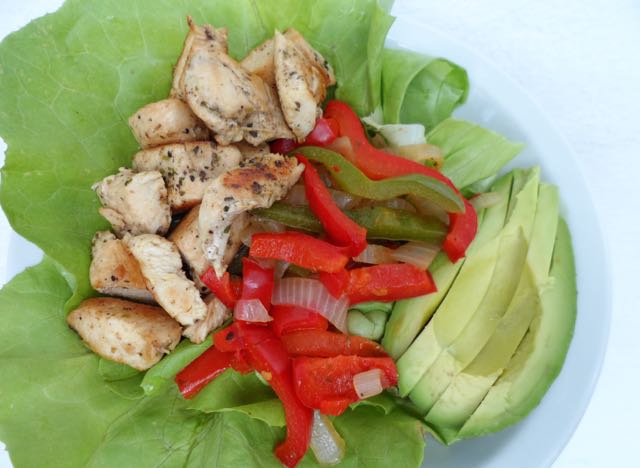People often have misconceptions about what types of foods we can eat when following a low carbohydrate way of eating for the management of diabetes.
MISCONCEPTIONS BE GONE!
We eat an array of healthy, whole foods. We eat leafy greens and other non-starchy vegetables, a variety of meats and proteins, along with high fat dairy and small portions of nuts.
Some people following low-carb also create "replacement carbs" in the form of waffles, cookies, cakes, breads, etc, made using low-carb ingredients. These are delicious, and a great alternative to the standard, high-carb versions...
BUT I choose not to eat these carb replacements.
Sweet foods, even if sweetened with a no-carb alternative like natural stevia, can make me crave other sweet foods and potentially de-rail my successes.
For my birthday in early September, I made a low-carb coffee cheesecake with nut crust. It was delicious but I felt unbelievable sugar cravings for a week after that cheesecake was gone, and it was a real struggle to not overeat to fill those cravings.
The two exceptions to my own "NO REPLACEMENT CARBS" rule are a hot "cereal" that I make (more info below), along with occasional Ricotta Pancakes for the family. These are fluffy and delicious, and I always eat a few plain with a normal breakfast bolus, and no blood glucose spike.
THE FOLLOWING IS WHAT I EAT ON A DAILY BASIS.
There is a formula, but a lot of flexibility within that formula. I find a meal that works within the recommended carb ratio of 6-12-12 (6g carb for breakfast, 12g carb for lunch, 12g carb for dinner, totaling 30 grams of carbohydrates per day), then calculate the correct bolus insulin dosage that is needed to convert those carbs eaten into a form that my body can use, and maintain my blood glucose levels consistently at or around the target of 83 mg/dL.
Once you find what works, you stick with it. I tend to eat closer to 40 grams of carbs per day with snacks, but that is what works best for me. This is what my day looks like:
8:30 AM BREAKFAST:
I've temporarily given up my norm of 2 scrambled eggs and 1/2 avocado due to some stomach discomfort after eating plain eggs. I'm taking a break from this beautiful breakfast. For now.
This was very successful meal that I ate every day for approx. 6 months.
Total: 6 g carb from the avocado, 1g carb for the egg. My bolus for this meal is 1.5 units of insulin.
To fill the void, I've found a hot cereal recipe made of four ingredients: ground flax seed, ground chia seed, shredded coconut and cinnamon. I'll often eat 1/4 cup of this mix, added to hot water to form a cream of Wheat or Malt-o-Meal type consistency. It's really good.
Add a few walnuts on top of the cereal, a huge mug of black coffee and it's a really filling meal.
Total: 12g carb from the cereal, 2g from the walnuts but usually just count as 6g carbs due to the extreme fiber in the cereal. I bolus 1.5 units of insulin.
30 grams of sunflower seeds, 20 grams or almonds OR 37 grams of walnuts = 5 g carbs.
11 AM SNACK:
I've always been a snacker. It's my biggest downfall. To combat this, I usually have a pitcher of iced tea and a bottle of soda water in the fridge, as well as pre-packed (by me) snacks at the ready. It's pre-planning, but it makes it worth it when I MUST have a snack. Drink water first, then have a 5g of carb snack of nuts OR 2 oz cheese & a few cucumber slices.
Snack Total: 5g carbs for nuts. I bolus 1.0 unit of insulin. (Cheese and cucumber snack = No bolus for me.)
A typical lunch: 100 grams of beef (left), 50 grams of beef liver (top), 1/2 avocado, roasted cauliflower.
2 PM LUNCH:
I am transporting my daughter back home at 1-1:30 PM, so I usually eat lunch at about 2 PM or later.
Lunch varies but I'm trying to be more consistent. I always pre-prep/pre-cook foods, so I have a variety of clean meats and veggies ready to heat & eat. I grab 1/2 cup of cooked veggies, 1/2 avocado and add 4-5 oz of meat, or 1 cup lettuce and a few random veggies/meats to make a salad.
Lunch Total: Veggies add up to 10-12g of carbs. I bolus 2.5 units of insulin for 12g carbs.
56.7 grams equals 2 oz of cheese. Shown here is a semi-hard cheese called Fynbo, similar to Monterey Jack.
5 PM SNACK:
Much like earlier, I eat a cup of nuts (pre-measured to contain 5 g carbs) or 2 oz of cheese, along with cucumbers (my favorite go-to snack) or a few carrot sticks. Don't forget the water or unsweetened tea!
Total: Nuts equal 5g of carbs. I bolus 1.0 unit of insulin.
Dinner: 130 grams of chicken, leafy greens, 1/2 avocado & fajita veggies w/ Southwest Seasoning.
7 PM DINNER:
Dinner is a variety. My spouse is an ovo-lacto pescatarian (he eats eggs, dairy and fish but no meat or poultry). I usually plan a vegetarian main dish that we can all eat, with an occasional carb side (think flour tortillas along with fajita veggies) and a side of meat that can be added for me and the girls. I would choose a fajita salad with lettuce, veggies and chicken, as shown to the left. Salads are always an easy idea and quick to throw together if you have the raw ingredients prepped. As I mentioned when discussing lunch, I try to avoid beef at dinnertime due to the delayed protein spike.
Total: Veggies add up to approx. 12 grams carbs. I bolus 2.5-3.0 units. (If I eat beef at dinner, I require an additional 2.0 units of insulin at midnight to counteract the delayed protein spike caused by gluconeogenesis. Chicken and fish do not create such a dramatic delayed spike.)
THEN NOTHING MORE AFTER DINNER.
No bedtime snack. No eating after 8 PM.
Sometimes a glass of wine or unsweetened tea, but no food between 8 PM and 8 AM. This is a rule that my husband started following and it seems to improve my sleep patterns, so I'm all for it.
Bolus insulin total for the day:
8.5-9 units of insulin for food, 1 unit to combat the dawn phenomenon immediately upon wake up (fasting) and sometimes another 2 units later in the evening to combat the delayed protein spike due to gluconeogenesis. This protein spike is more dramatic when eating beef, so I try to keep red meat to lunch or eat no more than 4 oz. of beef at dinner.
A low-carbohydrate diet takes nearly all the guesswork out of diabetes management.
I eat tons of home-cooked, whole foods. I drink coffee, have an occasional glass of wine, and even more occasional low carb dessert.
I'm not going crazy with fats, heavy whipping cream, cheeses or oils. This is not Atkins or some fad diet, this is a completely sustainable way of eating that I feel good about.
I see the numbers on my glucose meter every time I test, and you can't argue with the solid, raw data that can be collected through our meters, and frequent blood tests at the Dr. office or lab.
A low-carbohydrate diet is the only way to achieve steady blood glucose levels with Type 1 Diabetes.
For more information why a low carbohydrate plan works for diabetes management, please see our post, The Law of Small Numbers.





